Queensland has a rich and sometimes confronting history of orphan care, with many former children’s homes still standing as heritage landmarks.
These sites not only tell stories of the children who once lived there, but also reflect broader changes in welfare and community life.
From grand heritage listed buildings to smaller, community-run homes, each location carries unique details for locals exploring history “near me.”
Information in this guide is drawn from heritage listings and archival sources.
Some details, such as building use or opening hours for public access, may change over time always confirm with the relevant organisation or contact number before visiting.
Whether you are tracing family history, researching social heritage, or simply curious about local landmarks, these former orphanages offer a compelling glimpse into Queensland’s past.
Many now house community services, while others stand preserved for their architectural and cultural significance.
1. St Vincent’s Orphanage – Largest non-government orphanage in Queensland
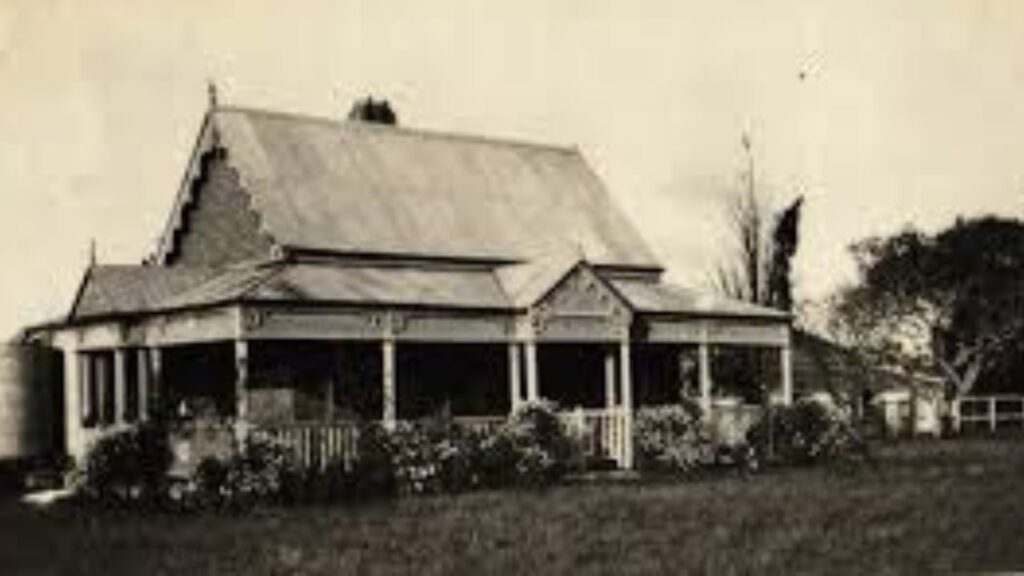
Once home to thousands of children, St Vincent’s Orphanage in Nudgee is one of Queensland’s most prominent former children’s institutions.
Operated by the Sisters of Mercy from the late 1800s, its red brick buildings remain a distinctive feature of the suburb.
Contact & Location
- Address: St Vincent’s Orphanage (former), 131 Queens Road, Nudgee, Queensland 4014 (heritage precinct)
- Website: St Vincent’s Orphanage history page on Find & Connect
Opening Hours
| Day | Hours* |
|---|---|
| Monday | Not open for public tours |
| Tuesday | Not open for public tours |
| Wednesday | Not open for public tours |
| Thursday | Not open for public tours |
| Friday | Not open for public tours |
| Saturday | Not open for public tours |
| Sunday | Not open for public tours |
*Public access limited; contact Mercy Family Services for arrangements.
Key features:
Before closure in 1971, St Vincent’s had extensive dormitories, schoolrooms, and outdoor play areas, with the 1906 timber dormitory still intact as part of the heritage listing.
- Heritage-listed brick administration block
- Original timber dormitory from 1906
- Archival records held by Sisters of Mercy
Some visitors wonder if the site offers guided heritage tours the answer is that while there’s no regular public access, arrangements can sometimes be made via heritage open days or private appointments.
Nudgee’s heritage anchor
For anyone in Nudgee or travelling along the North Coast rail line, the orphanage’s brick façade is hard to miss.
Its historical significance and preserved architecture make it a valuable stop for heritage enthusiasts tracing the evolution of orphan care in Queensland.
2. Diamantina Orphanage (later Diamantina Receiving Depot / Warilda) – Government-run orphanage turned assessment centre
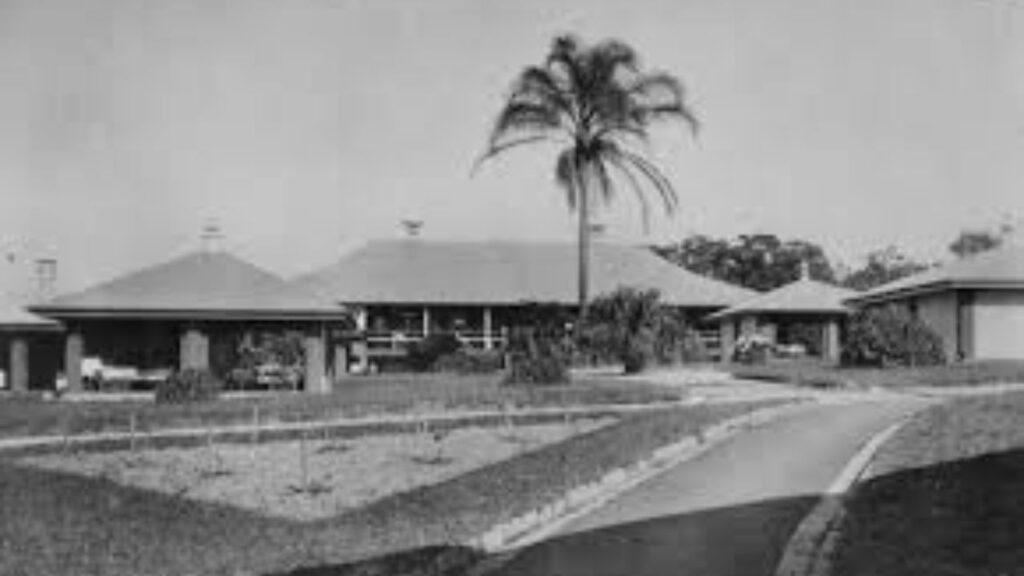
First established in 1865, the Diamantina Orphanage operated in multiple Brisbane locations before becoming the state’s main children’s intake facility, Warilda, in Wooloowin.
Contact & Location
- Address: Diamantina Receiving Depot (former), 36 Chalk Street, Wooloowin, Queensland 4030 (former state-run site)
- Website: Queensland Government archival guide to orphanages
Opening Hours
| Day | Hours* |
|---|---|
| Monday | Not open for public access |
| Tuesday | Not open for public access |
| Wednesday | Not open for public access |
| Thursday | Not open for public access |
| Friday | Not open for public access |
| Saturday | Not open for public access |
| Sunday | Not open for public access |
*Now repurposed; access may be possible during heritage events.
Key features:
At its peak, the facility had separate wings for boys, girls, and infants, plus on-site medical care.
- Government-run care from 1865 to 1989
- Multiple site relocations (Roma Street, South Brisbane, Sandgate, Wooloowin)
- Archival admission registers from 1865–1905
A frequent question is whether Warilda still functions it doesn’t. The site’s current use is administrative, with archives accessible through state library and departmental channels.
Brisbane’s welfare landmark
Locals in Wooloowin will recognise the site as part of Queensland’s social welfare history. Its role as a state intake centre marks it as a focal point for anyone researching child welfare policy shifts across the 20th century.
3. Diamantina Orphan School (the original form) – Early orphan care in Queensland
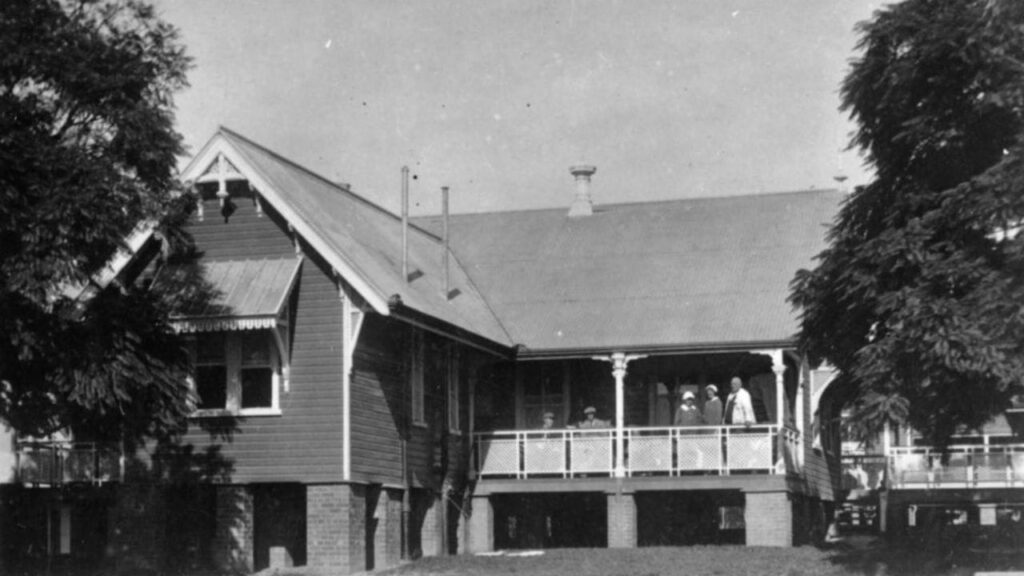
Predating the Diamantina Orphanage name, the Diamantina Orphan School was part of Queensland’s earliest structured orphan care, maintaining admission records now invaluable to genealogists.
Contact & Location
- Address: Former site at Roma Street, Brisbane City, Queensland 4000 (original building no longer extant)
- Website: Queensland archival orphanage admission index
Opening Hours
| Day | Hours |
|---|---|
| Monday | Not applicable |
| Tuesday | Not applicable |
| Wednesday | Not applicable |
| Thursday | Not applicable |
| Friday | Not applicable |
| Saturday | Not applicable |
| Sunday | Not applicable |
Key features:
- Archival admission registers from 1865 onwards
- Records detail names, ages, and circumstances of children admitted
- Early example of state-led orphan care in Brisbane
People often ask if the building is still standing it’s not. However, its archival footprint is strong, and researchers can still trace its operations through preserved records at the Queensland State Archives.
Tracing Brisbane’s care origins
For heritage enthusiasts or family history researchers, this site’s records offer a rare glimpse into mid 19th century orphan care in Queensland, especially for those with connections to early Brisbane families.
4. BoysTown – Beaudesert’s well-known former boys’ home
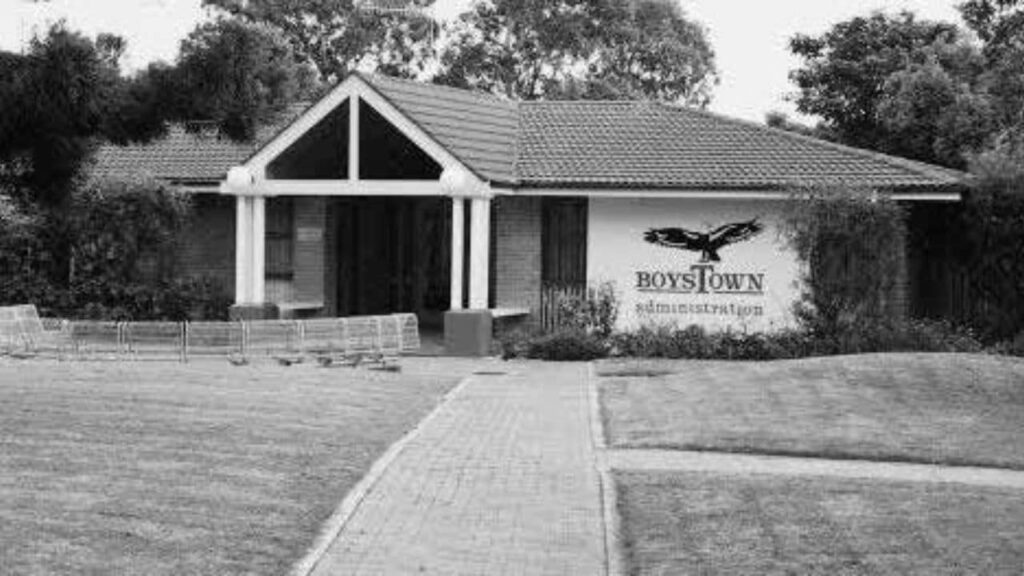
Founded in 1961 by the De La Salle Brothers, BoysTown in Beaudesert was one of Queensland’s most recognised residential institutions for boys until its closure in 2001.
The property has since been rebranded under Yourtown, but its history remains well documented through public inquiries and local archives.
Contact & Location
- Address: BoysTown (former), 9–11 Telemon Street, Beaudesert, Queensland 4285 (near Jubilee Park)
- Website: BoysTown history on Wikipedia
Opening Hours
| Day | Hours* |
|---|---|
| Monday | Not open for public access |
| Tuesday | Not open for public access |
| Wednesday | Not open for public access |
| Thursday | Not open for public access |
| Friday | Not open for public access |
| Saturday | Not open for public access |
| Sunday | Not open for public access |
*No public tours; current site use is organisational.
Key features:
BoysTown provided residential schooling, trade training, and sports programs for boys, many from disadvantaged backgrounds.
- Vocational training workshops
- On-site sports fields and recreation areas
- Part of the Yourtown youth service network today
A common local query is whether BoysTown’s training programs still run on site the answer is no, with Yourtown now operating from different premises and offering community based services rather than residential care.
Beaudesert’s community marker
Situated close to Beaudesert’s town centre, the former BoysTown site is a touchpoint in local memory.
Its history is intertwined with youth work in the Scenic Rim region and is often referenced in discussions of institutional reform in Queensland.
5. Queen Alexandra Home – Coorparoo’s heritage villa for children
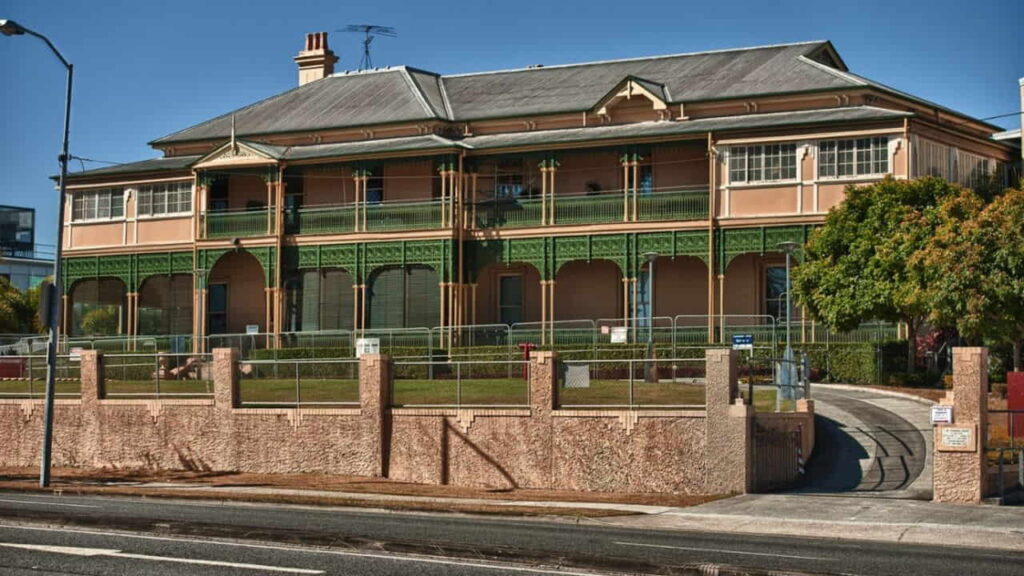
This heritage listed villa at Coorparoo served as the Queen Alexandra Home for Children in the early 20th century, housing young residents in a grand Queenslander style building before being repurposed for education and training uses.
Contact & Location
- Address: Queen Alexandra Home, 347 Old Cleveland Road, Coorparoo, Queensland 4151 (near Coorparoo Junction)
- Website: Queen Alexandra Home entry on Wikipedia
Opening Hours
| Day | Hours* |
|---|---|
| Monday | Not open for public tours |
| Tuesday | Not open for public tours |
| Wednesday | Not open for public tours |
| Thursday | Not open for public tours |
| Friday | Not open for public tours |
| Saturday | Not open for public tours |
| Sunday | Not open for public tours |
*Currently repurposed; no regular public access.
Key features:
Originally designed as a large private home, it became a children’s home in 1910 and later a hospitality training college.
- Heritage-listed timber architecture
- Spacious verandahs and original interior fittings
- Located on a prominent Coorparoo corner
One question often asked by locals is whether any of the building’s interior is still original according to heritage notes, much of the internal structure and detailing remains intact, making it a valuable example of early 20th-century design.
Coorparoo’s architectural gem
For residents near Coorparoo Junction, the Queen Alexandra Home stands as a reminder of the suburb’s layered history, balancing architectural elegance with a social welfare past.
6. Various Other Former Queensland Children’s Homes – Preserving local welfare history
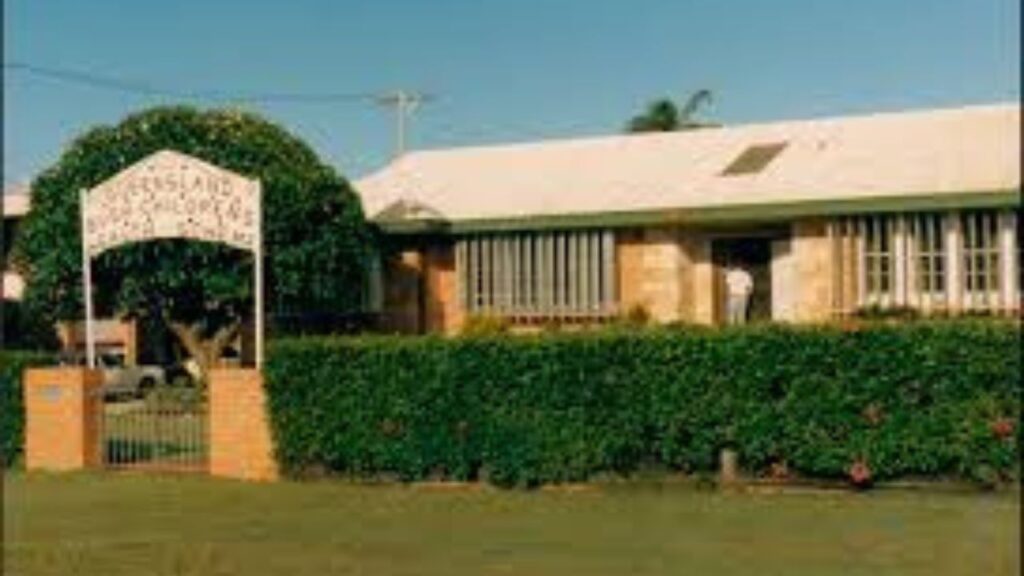
Beyond the well-documented institutions, Queensland’s suburbs and regional towns were once home to numerous smaller children’s homes, each contributing to the state’s social care network.
Many of these facilities operated under church or charitable organisations, often in modest buildings repurposed from private residences or community halls.
Although not all are heritage-listed, their stories are recorded through archives such as Find & Connect and in local council heritage registers.
These include smaller homes in suburbs like Wynnum, Red Hill, and Nundah, which served as either short-term shelters or long-term residences for children without family care.
Contact & Location
- Address: Various sites across Queensland, including former residences in Brisbane, Ipswich, and regional towns (see specific local heritage listings for addresses)
- Website: Queensland Children’s Homes records at Find & Connect
Opening Hours
| Day | Hours* |
|---|---|
| Monday | Site access varies |
| Tuesday | Site access varies |
| Wednesday | Site access varies |
| Thursday | Site access varies |
| Friday | Site access varies |
| Saturday | Site access varies |
| Sunday | Site access varies |
*Many sites are now private residences or redeveloped for other uses; no general public access.
Key features:
These homes typically offered basic accommodation, schooling support, and religious guidance.
- Operated by local churches or charity boards
- Some integrated with nearby schools for education
- Small-scale, community-based living environments
A recurring question is whether these smaller homes had formal records the answer is yes for many, but the survival of archives depends on the managing organisation.
Some have detailed case files preserved in state libraries, while others only appear in church annual reports.
From inner Brisbane terraces to country town cottages, these former children’s homes blend into today’s streetscapes.
For locals, they are understated reminders of the many layers of care and community that shaped neighbourhood life across Queensland.
